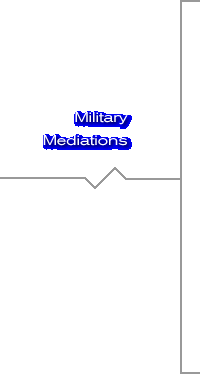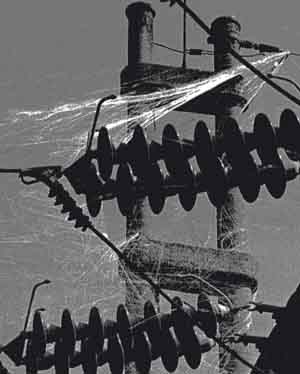|
The collapsing distance between media and military technologies tends to hit a zero point in times of war. The origins of the internet as a military technology; the merging of military simulation training, digital arts, and video game culture; the work of north american public relations companies hired by competing factions in distant wars to "sell" their position to the north american media, public, and governments; the use of high tech computer graphic sequences in news broadcasts to package the war (pioneered during the Gulf War); the military's orchestration of news reporting through the use of controlled or restricted access to war zones and media focus on military press briefings; the ownership of major media networks by weapons manufacturers; and the endless images of idling military planes and video game bombings in the media - all are different facets of this process. In the latest US military intervention into Iraq in 2003, we have seen this convergence reach a new threshold with the use of embedded journalists. Throughout the NATO bombing campaign, media and military technologies were used more than ever as a way to both violently contain and distance the contaminating effects of monstrous presences from faraway so close. The paradoxes of distance and proximity; the media's distancing of the intimate effects of war that can only be grasped from the ground rather than the perspective of a bomber pilot 30,000 feet in the air; and the impersonal proximity of distant wars that accompany saturation media coverage - all are a product of this convergence that has become a hallmark of our current era of so-called video game wars. For those of us with intimate ties to the targeted area, bombarded by images of distant monsters standing in for those closest to us, the effects of the proximal distances forged through media and military technologies can create a sense of total psychic disjuncture.
|
||||||||||||||||||||||||||||||||||||||||
|


